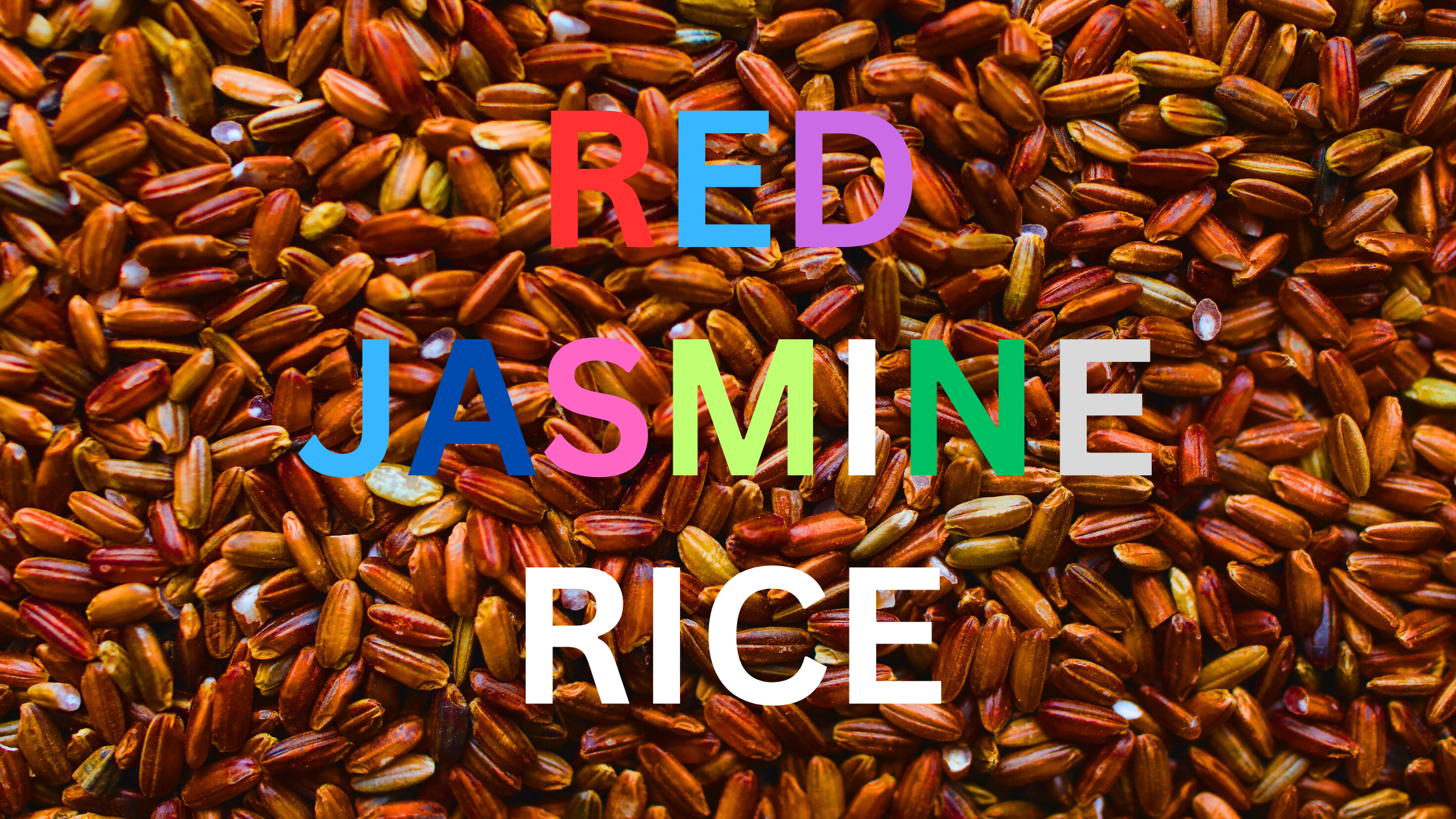
Red Jasmine Rice – A Nutritious Twist to Your Culinary Repertoire
Benefits of Red Rice
Introduction to Red Jasmine Rice
Red Jasmine Rice, hailing from Thailand, offers a rich history and distinctive characteristics that make it a valuable addition to your culinary repertoire. Secondly, the benefits of Red Rice extend to a source of fiber, vitamins, and minerals, promoting overall well-being.
Likewise, this aromatic grain, grown predominantly in the mountainous regions of Southeast Asia, has a reddish hue and a fragrant aroma that sets it apart. However, what truly distinguishes it are the unique characteristics and nutritional value traditonal rice brings to the table. Meanwhile, Understanding its brief history and origin paves the way for appreciating the versatile applications of this rice variety in a range of dishes.
Health Benefits of Red Rice
The following are the benefits of Red Rice. Firstly, this unique rice variety offers a plethora of health benefits and it is a rich source of essential nutrients. Likewise, packed with vitamins, minerals, and antioxidants, it provides a well-rounded nutrition profile.
Moreover, incorporating Red Jasmine Rice into one’s diet brings about significant dietary advantages for well-being. In addition, It aids in maintaining a balanced diet, promoting good digestion, and even assisting in weight management.
Its low glycemic index ensures steady energy levels, making it an ideal choice for diabetics. Additionally, the high fibre content supports heart health and helps regulate cholesterol levels. In sum, embracing Red Jasmine Rice and others such as karuppu kavuni rice in your meals can be a simple yet impactful step towards a healthier lifestyle.
Culinary Applications of Red Jasmine Rice
In the culinary world, it’s essential to acknowledge the benefits of Red Rice in various cuisines. Further, this unique variety of rice boasts exceptional versatility and its nutty flavour and distinct aroma make it a prized addition in a wide array of dishes. In addition, versatility in various cuisines is one of its strongest attributes.
Whether in traditional South Indian recipes or international fusion dishes, Red Jasmine Rice and similarly karunguruvai rice seamlessly adapts, enhancing the overall flavour profile. Additionally, it harmonizes effortlessly with a range of complementary ingredients and dishes and its slightly sticky texture complements gravies and sauces, making it a staple in curries.
Moreover, it pairs exceptionally well with seafood and spicy flavours, creating a symphony of taste. Embracing Red Jasmine Rice in your culinary repertoire not only elevates the taste but also adds a nutritious component to your meals.
Cooking Techniques for Red Jasmine Rice
In the realm of culinary expertise, understanding the benefits of Red Rice starts with mastering the right cooking techniques. This rice variety demands a certain finesse in preparation. Proper preparation methods are crucial to unlock its full potential.
Rinse the rice thoroughly to remove excess starch, ensuring a fluffy end result. For ideal texture and flavor, the rice-to-water ratio is key; a measured approach guarantees perfect consistency. Consider soaking the grains briefly before cooking to enhance plumpness.
While cooking, a gentle simmer and covered lid promote even absorption of moisture. Patience is a virtue; allow the rice to rest before fluffing it up. These steps ensure that Red Jasmine Rice reaches its pinnacle of taste and nutrition. With these techniques, you’ll be able to savour the full spectrum of benefits this remarkable rice offers. Similarly, you can try cooking Kullakar Rice a store house of nutrients.
Red Jasmine Rice in South Indian Cuisine
In the vibrant tapestry of South Indian cuisine, the inclusion of Red Jasmine Rice is a testament to its versatility and nutritional value. Hailing from the heartland of Tamilnadu, South India, this rice variety seamlessly integrates into a multitude of traditional dishes. Its distinct nutty aroma and slightly sticky texture elevate classics like Biryani and Pongal.
However, it’s in the regional variations and specialties that Red Jasmine Rice truly shines. In Tamilnadu, it forms the backbone of elaborate feasts during festivities, adding a fragrant dimension to dishes. Kerala’s cuisine, with its focus on coconut-based flavours, finds a harmonious partner in this rice.
Andhra Pradesh showcases its fiery spices alongside the mellow undertones of Red Jasmine Rice in delectable combinations. Karnataka, too, embraces this variety in its unique culinary tapestry. Across South India, this rice variety not only enhances taste but also imparts a rich nutritional foundation to these beloved dishes.
Overview of Red Jasmine Rice
Red Jasmine Rice, a treasure, is a grain of remarkable distinction. Its deep red hue and fragrant aroma are a prelude to the myriad benefits of Red Rice. This variety, known for its rich source of essential nutrients, encompasses a range of vitamins, minerals, and antioxidants.
What sets it apart, however, is its dietary advantages for well-being. With a low glycemic index, it offers sustained energy release, making it a wise choice for those mindful of their blood sugar levels. Furthermore, its high fibre content supports heart health and aids in maintaining optimal cholesterol levels.
Beyond its nutritional prowess, Red Jasmine Rice is a culinary marvel, effortlessly adapting to various cuisines and complementing a wide array of ingredients. It’s not merely a grain; it’s a testament to the wholesome goodness rooted in South Indian soil.